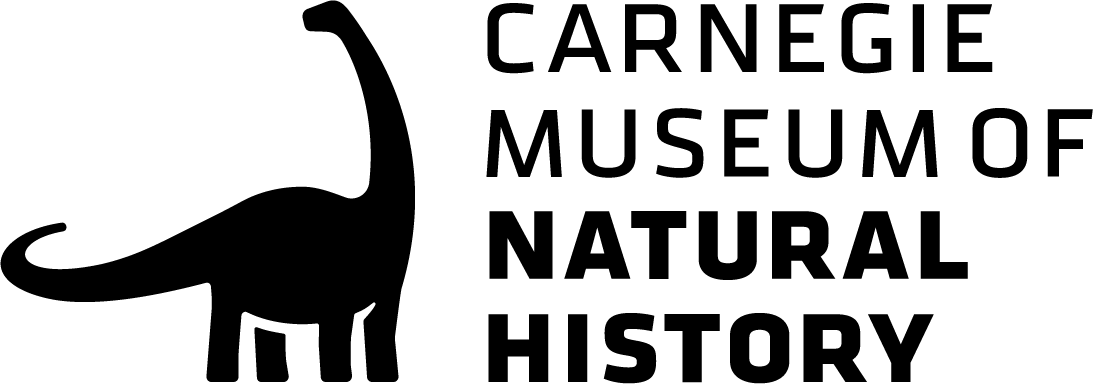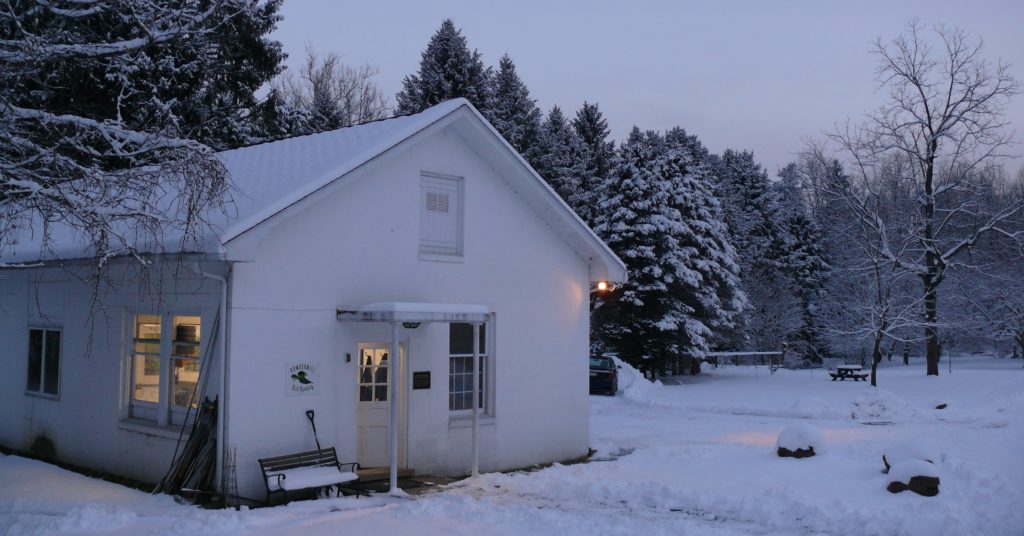
Established in 1956
Powdermill Nature Reserve is the biological research station of the Carnegie Museum of Natural History, one of the four Carnegie Museums of Pittsburgh. The Powdermill Avian Research Center (PARC) is the bird banding and avian research facility at the museum’s research station.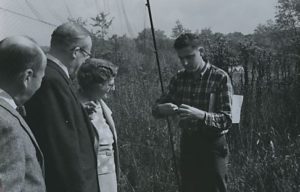
Established in 1956, Powdermill owes its existence to the vision and leadership of then museum director, Dr. M. Graham Netting.
Located in the Laurel Highlands of southwestern Pennsylvania, the nature reserve covers nearly 2,200 acres and features an extensive, mature second growth forest with some early and late successional old fields. Other characteristics include a variety of streams along with a few small ponds and wetlands.
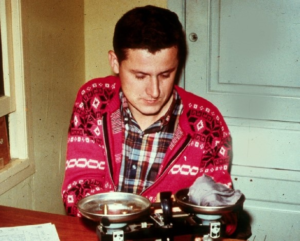 In 1961, Robert (Bob) C. Leberman established the landbird banding program at Powdermill, what would become PARC. Bob Mulvihill joined the program as a volunteer college student in 1978, was hired full-time in 1983, and took over as Bander-in-Charge in 2004 when Bob Leberman semi-retired after 43 years as the program’s Senior Bird Bander.
In 1961, Robert (Bob) C. Leberman established the landbird banding program at Powdermill, what would become PARC. Bob Mulvihill joined the program as a volunteer college student in 1978, was hired full-time in 1983, and took over as Bander-in-Charge in 2004 when Bob Leberman semi-retired after 43 years as the program’s Senior Bird Bander.
PARC’s bird banding program is the longest-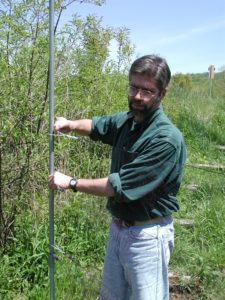 running, year-round, professional bird banding operation in the country. In the summer of 2019, we recorded our 700,000th bird.
running, year-round, professional bird banding operation in the country. In the summer of 2019, we recorded our 700,000th bird.
The Growth of Research
Over the years, PARC has made significant strides in expanding its research capabilities, capitalizing on the experience and expertise of its world-renowned bird banding program. Research conducted throughout Powdermill’s 60+-year history has contributed greatly to avian knowledge and techniques used across the nation and around the world.
The banding staff bands about 10-12,000 birds per year and collects data on another 2-3,000 recaptures (birds already banded). Data are entered directly into a 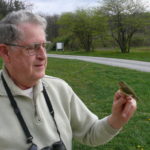 computer and submitted quarterly to a national database. Researchers interested in access to banding data should contact PARC to learn more about data use.
computer and submitted quarterly to a national database. Researchers interested in access to banding data should contact PARC to learn more about data use.
Birds studied through our banding program may also be utilized for window avoidance, telemetry studies and more, all while handling these species in a gentle and humane manner. In this way PARC contributes both to our knowledge of migrating species and to their enhanced survival as well. Visit our PARC Research page for more information.
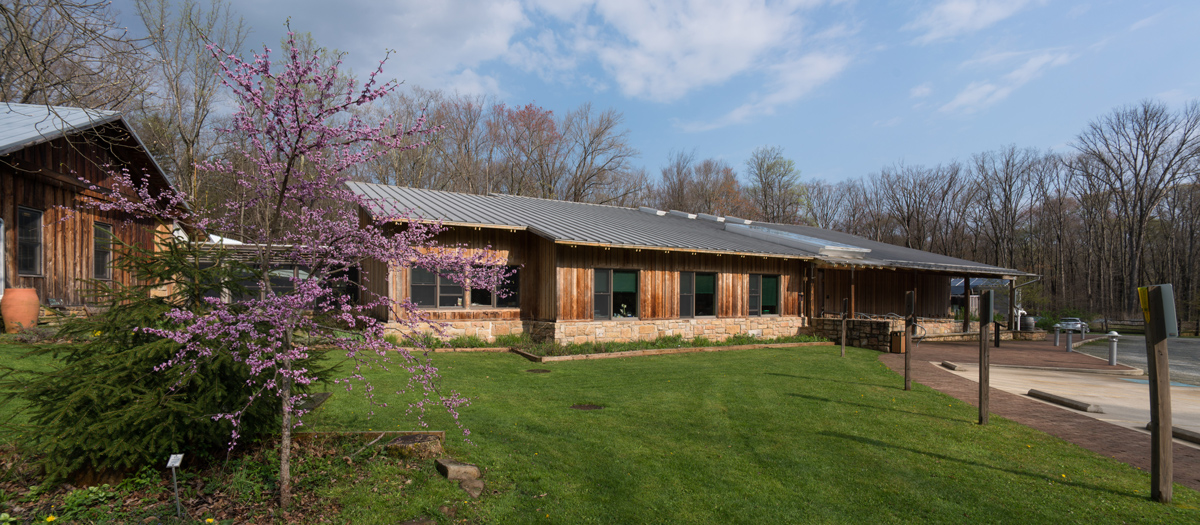
Powdermill Nature Reserve
Located in Rector, Pennsylvania, Westmoreland County, Powdermill sustains and protects a variety of natural habitats where researchers and educators study ecological processes. Visitors of all ages come to gain a greater knowledge about the natural world through innovative and exciting education programs and exhibitions.
For visiting hours and directions to Powdermill Nature Reserve and PARC, please visit the Powdermill Web site at carnegiemnh.org/powdermill.
